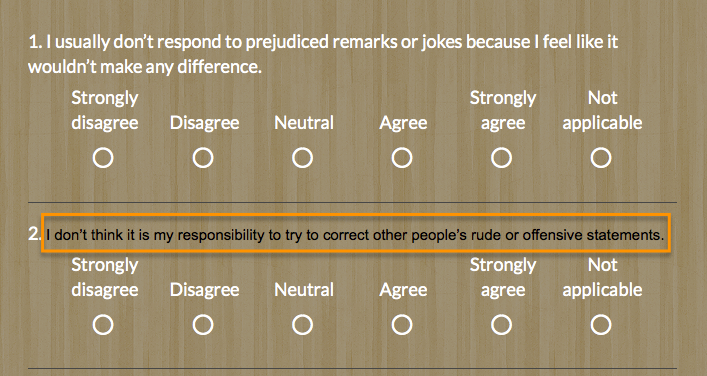

- #ALACRITTY CHANGE FONT SIZE FULL#
- #ALACRITTY CHANGE FONT SIZE CODE#
- #ALACRITTY CHANGE FONT SIZE WINDOWS#
#ALACRITTY CHANGE FONT SIZE CODE#
KILL should be avoided, as it does not allow any cleanup code to run. HUP, TERM and KILL will close the xterm window.
#ALACRITTY CHANGE FONT SIZE WINDOWS#
This does start xterm in an 80 column by 32 row main window, but it also forces the menu windows to be 80 pixels by 32 pixels! This is why you should fully specify the resource: : 80x32 Tip: If the popup menu windows show only as small boxes, it is probably because you have a line similar to this, XTerm*geometry: 80x32, in your resources file. The actions invoked by the menu items can often be accomplished using command line options or by setting resource values. The menus are still available as popups when you press Ctrl+MouseButton within the xterm window. Xterm is compiled with the toolbar, or menubar, disabled. Grab the thumb and use "click-and-drag" with the middle mouse button.To position text, moving in either direction:.

Click on the scrollbar above the thumb with the middle mouse button.Click on the scrollbar with the right mouse button, or.Click on the scrollbar below the thumb with the middle mouse button.Click on the scrollbar with the left mouse button, or.The scrollbar operates differently from what you may be accustomed to using. See xterm(1) § Scrollbar Resources for other scrollbar resources. It can be enabled and its appearance tweaked through resource settings (note the differing capitalization of "scrollbar"!) To scroll inside an alternate screen, set alternateScroll to true. Other X resources that affect scrolling are jumpScroll, multiScroll, and fastScroll (all under XTerm.vt100, see xterm(1) § VT100 Widget Resources). You can change the number of saved lines with the saveLines resource: To scroll up and down through the off-screen lines one can use the mouse wheel, the key combinations Shift+PageUp and Shift+PageDown, or the scrollbar.īy default, 1024 lines are saved. ScrollingĪs new lines are written to the bottom of the xterm window, older lines disappear from the top. Tip: You can also have separate sets of keybindings that you switch between.
#ALACRITTY CHANGE FONT SIZE FULL#
See xterm(1) § KEY_BINDINGS for the full list of actions and many examples. If you want to insert a literal newline, it also needs to be escaped (hence \n\). Each binding must be separated by the escape sequence \n. #override indicates that these bindings should override any existing ones (you almost always want this for custom key bindings). For example, you can map Ctrl+M and Ctrl+R to maximize/restore the window: These actions can be mapped to mouse/key combinations using the translations resource. copy-selection(), hard-reset(), scroll-back(), etc. Xterm defines a whole suite of "actions" for manipulating the terminal e.g. The workaround is to send ^? when backspace is pressed by setting the resources This breaks the Ctrl+H key combination on Emacs. On Arch Linux, xterm sends ^H key when backspace is pressed. To make Alt instead send a ^[ (escape) key (as in gnome-terminal and konsole), set The default Alt key behavior in xterm is a modifier to send eight bit input characters e.g. Make 'Alt' key behave as on other terminal emulators This is often necessary because XTerm does not support all UTF-8 locales, including eo.UTF-8. If you do not use UTF-8, you may need to force xterm to more strictly follow your locale by setting You can check the result within xterm using either of these commands:Įnsure that your locale is set up for UTF-8. Two usable terminfo names are xterm and xterm-256color. The terminal itself should report the correct TERM to the system so that the proper terminfo file will be used. Do not set the TERM variable from your ~/.bashrc or ~/.bash_profile or similar file. See xterm(1) § RESOURCES for a complete list.Īllow xterm to report the TERM variable correctly. There are several options you can set in your X resources files that may make this terminal emulator much nicer to use. It is highly configurable and has many useful and some unusual features. Xterm is the standard terminal emulator for the X Window System.


 0 kommentar(er)
0 kommentar(er)
